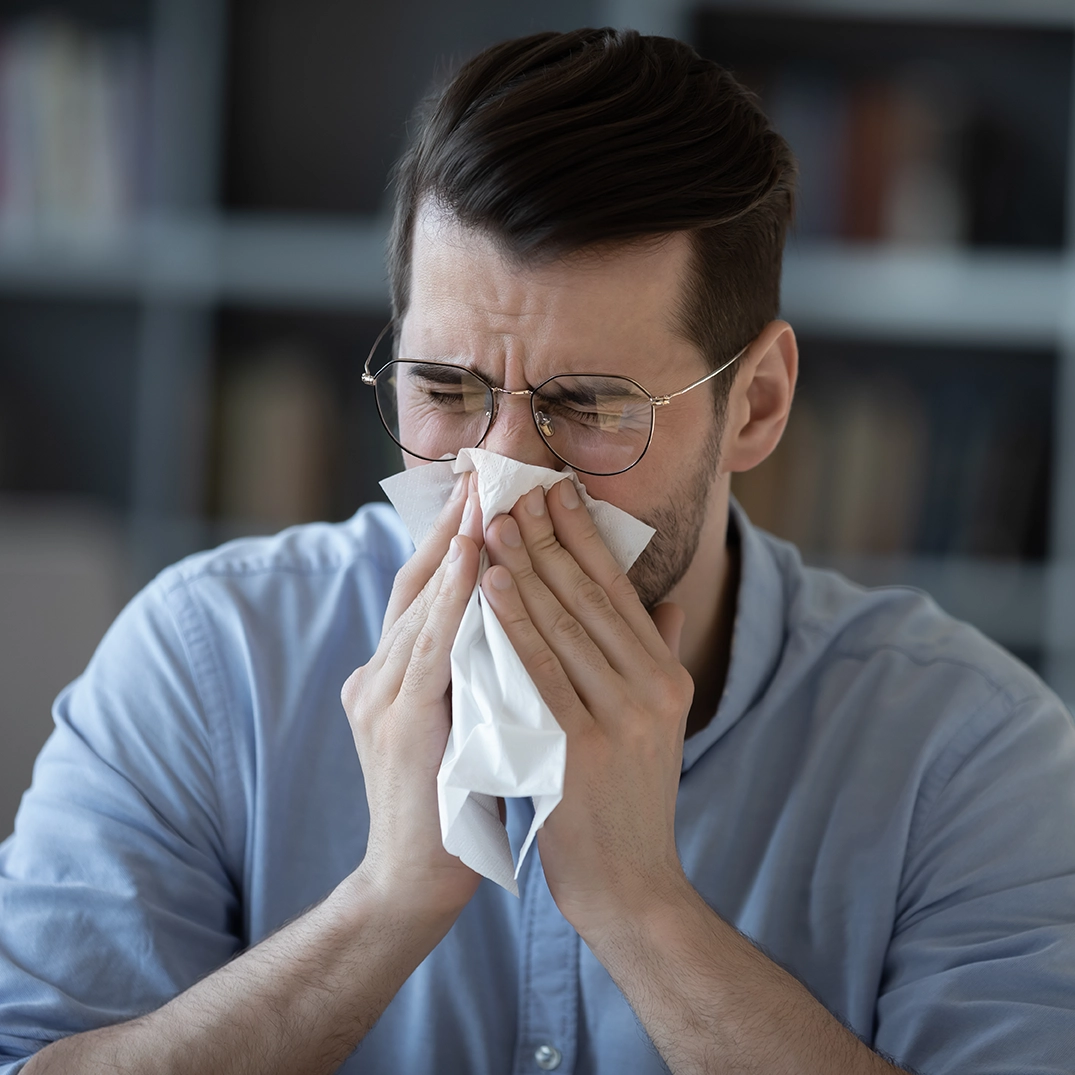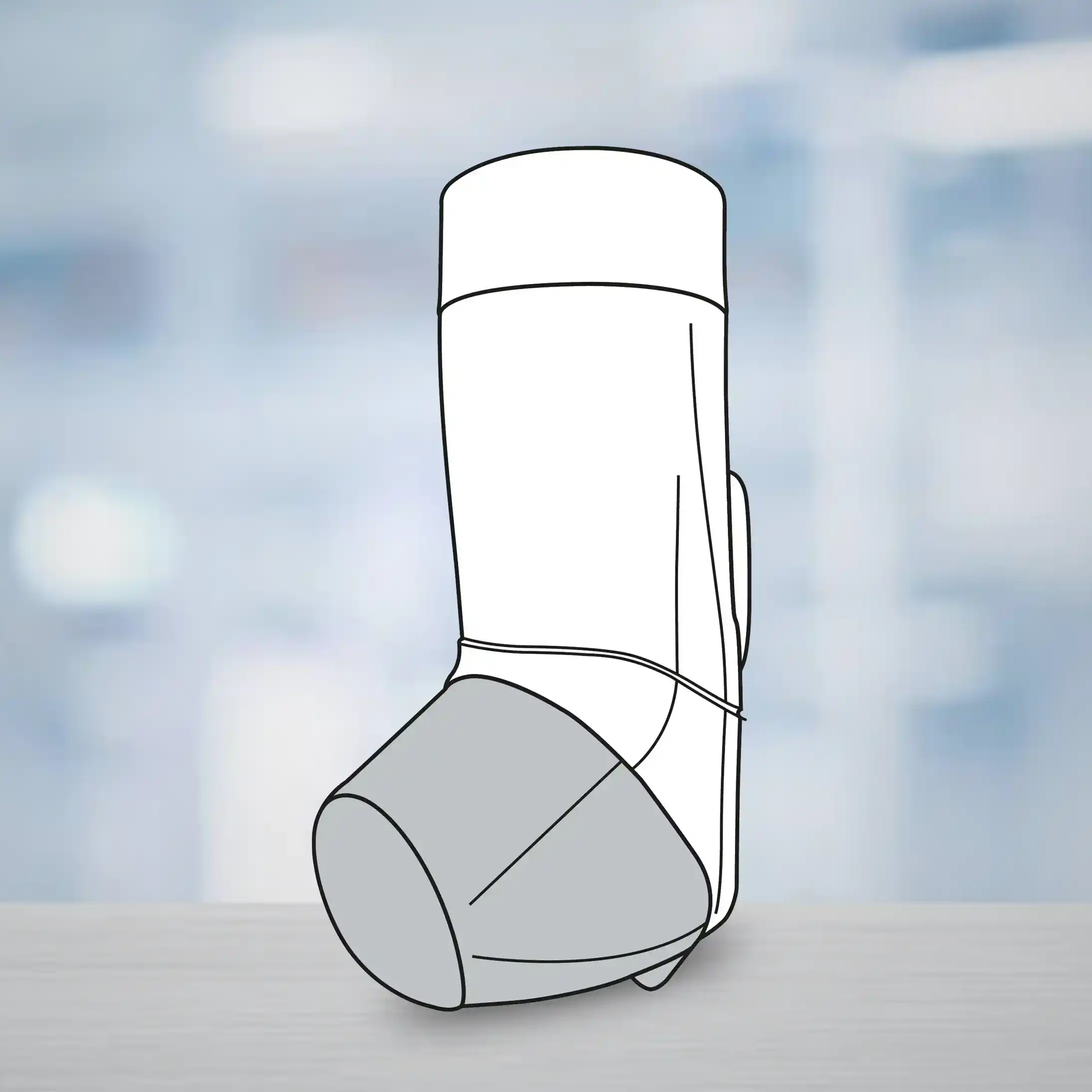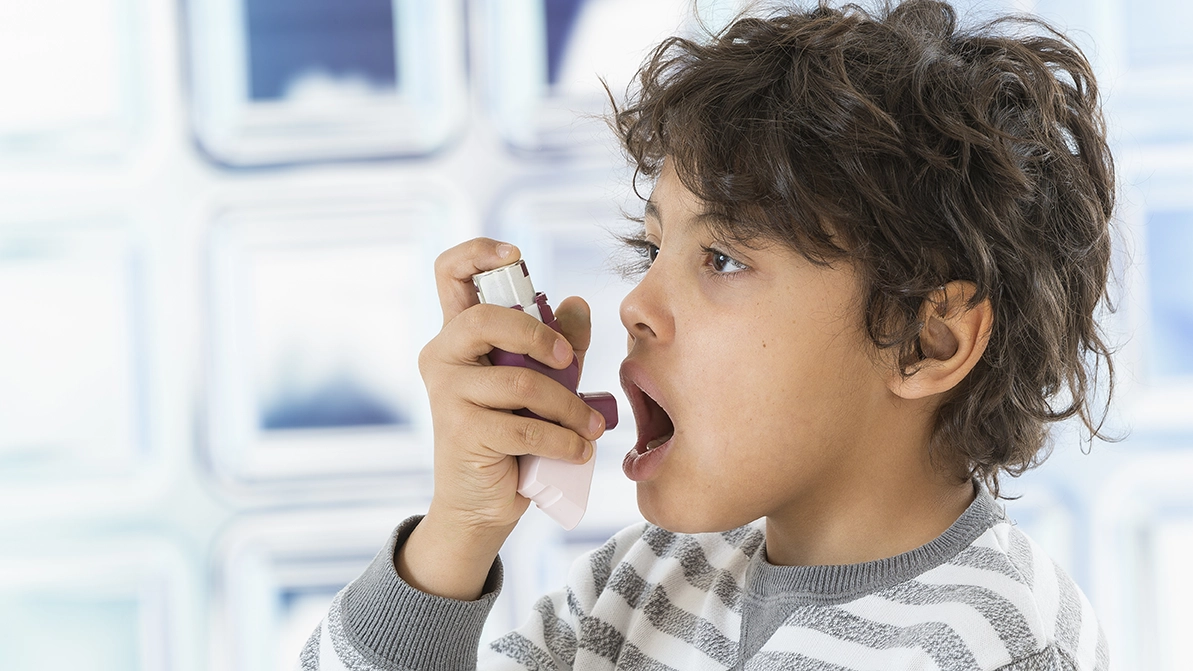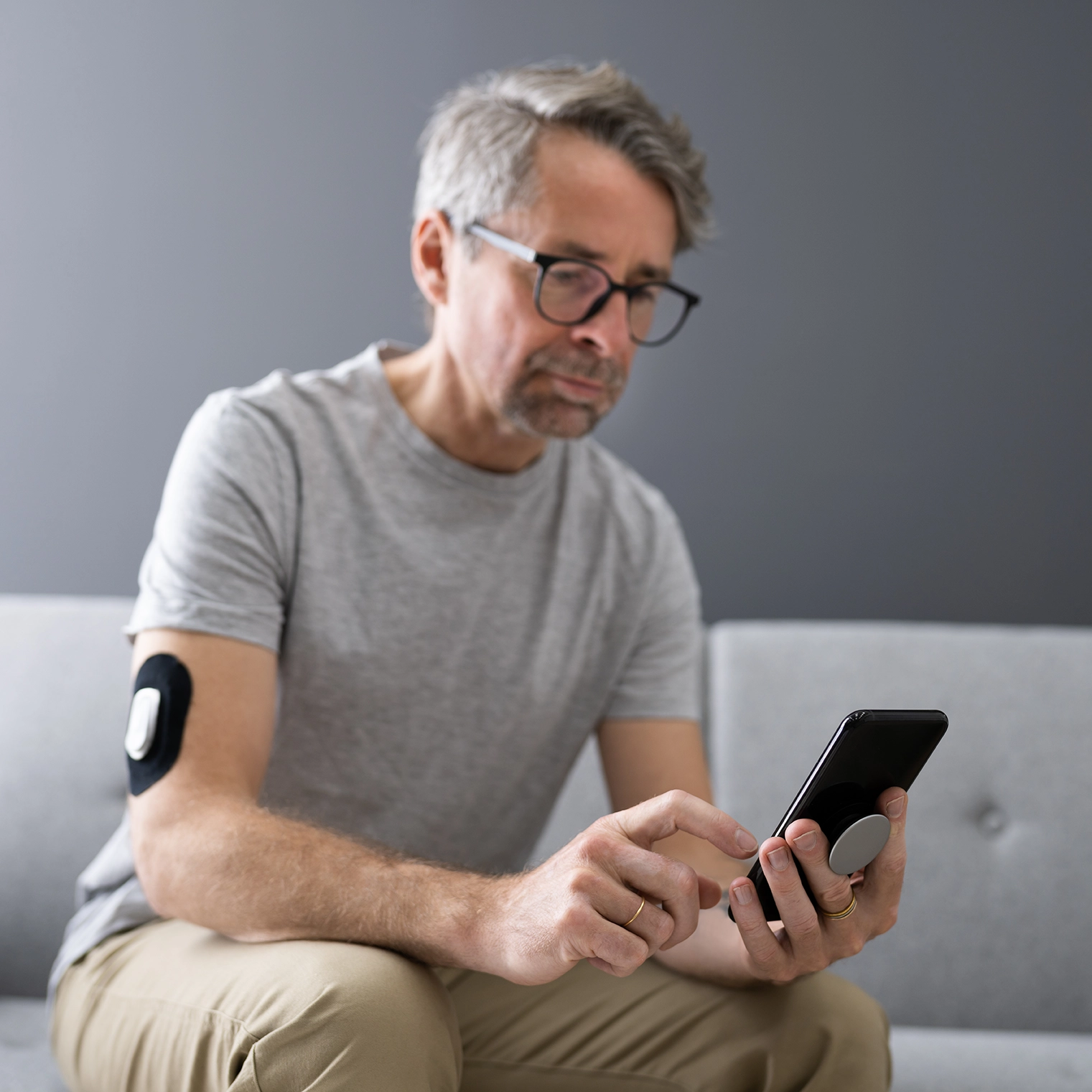Introduction
Urinary tract infection due to resistant strains have increased with the use of antibiotics, resulting in unsatisfactory clinical therapeutic outcomes and a high recurrence rate of about 18.9%. Cefixime, a broad-spectrum antibiotic of the cephalosporin family has good antibacterial effects on various bacilli and cocci and is also highly stable to multiple β-lactamases.
Aim
To investigate the effects of cefixime on immune functions and inflammatory factors in children with urinary tract infection and study its nursing strategies
Patient Profile
N=161 children with urinary tract infection were included (2019-2020)
Methods
- All children received oral treatment of Cefixime
- Dose was adjusted according to children’s weight and severity of the disease, with 8 mg/kg at one time and twice a day for 10 consecutive days
- Nursing strategies included valuing the emotional reassurance of children, guidance of medication, regular ventilation to keep fresh air and suitable temperature in wards and dietary guidance
Study endpoints
- Indices of immune functions (levels of CD3+,CD4+, CD8+ and CD4+/CD8+)
- Indices of inflammatory factors: C-reactive protein (CRP), Tumour Necrosis Factor alpha (TNF-α) and Interleukin 6 (IL-6)
- Situation of nursing satisfaction (electronic questionnaire to assess the satisfaction of children and their families)
- Recurrence within 6 months after treatment
- Adverse reactions
Results
Indices of Immune Function
- Levels of CD3+, CD4+ and CD4+/CD8+ in children after the treatment were significantly higher
- CD8+ level was significantly lower than those before the treatment (p < 0.001)
Fig 1: Comparison of immune function indices before and after treatment (Mean ± SD)
|
|
Before treatment |
After treatment |
Z value |
P value |
|
CD3 + (%) |
54.47 ± 6.51 |
65.44 ± 5.09 |
–12.162 |
<0.001 |
|
CD 4 + (%) |
38.15 ± 4.51 |
41.96 ± 4.90 |
–6.284 |
<0.001 |
|
CD 8 + (%) |
27.74 ± 2.56 |
24.08 ± 2.64 |
–10.065 |
<0.001 |
|
CD4+/CD8+ |
1.39 ± 0.21 |
1.77 ± 0.29 |
–10.727 |
<0.001 |
Indices of Inflammatory Factors
The levels of CRP, TNF-α and IL-6 in children after the treatment were lower than those before the treatment (p < 0.001)
Fig 2: Comparison of inflammatory factor indices before and after treatment (Mean ± SD)
|
|
Before treatment |
After treatment |
Z value |
P value |
|
CRP (mg/L) |
11.65 ± 2.44 |
5.75 ± 1.69 |
–14.946 |
<0.001 |
|
TNF-α (pg/mL) |
3.45 ± 1.00 |
3.45 ± 0.55 |
–13.792 |
<0.001 |
|
IL-6 (pg/mL) |
8.22 ± 2.09 |
4.77 ± 1.18 |
–12.732 |
<0.001 |
Nursing Satisfaction
Average score of nursing satisfaction of children’s family members was (84.53 ± 13.65) points and the total satisfaction degree was 90.68%.
Rate of Recurrence
Recurrence rate was 3.73% (n=6 patients had UTI again within 6 months after the treatment)
Adverse Reactions
During the treatment, only n=7 children had adverse reaction (4.35%) with dizziness as main adverse reaction in 3 children.
Conclusion
- Cefixime stimulates the immune system of children with UTI and decreases the number of inflammatory factors
- Targeted nursing strategies can increase clinical satisfaction and decrease the rate of disease recurrence, which can help to create a comprehensive and effective clinical plan for children with UTI
Reference
Arch. Esp. Urol. 2023; 76(5): 313–318

.svg?iar=0&updated=20230109065058&hash=B8F025B8AA9A24E727DBB30EAED272C8)








